
Comedian Charlie Chaplin is probably best remembered today for his silent movies and unique brand of slapstick comedy. More refined that what you would later see with The Three Stooges, Chaplin’s character of the Little Tramp had just enough nice to balance his naughty side. You always rooted for him. It wasn’t until 1940 that he made his first all-talking picture and ventured outside of the famous Tramp character for which he was known. The role? A parody of Adolph Hitler and his persecution of the Jews. The first thought that might come to mind is how did this idea even get a green light from a movie studio? #1: Chaplin made his own movies, which is why he helped found United Artists. He was not interested in having his artistic visions tampered with by the high powered execs and stockholders. #2: This film took approximately 3-4 years from conception to release. At the time of release, the United States was still a neutral player in what would become Word War II. Not all of what Hitler was doing was fully known to the general public, especially here in the U.S. In his 1964 autobiography, Chaplin stated, “Had I known of the actual horrors of the German concentration camps, I could not have made “The Great Dictator,” I could not have made fun of the homicidal insanity of the Nazis.”
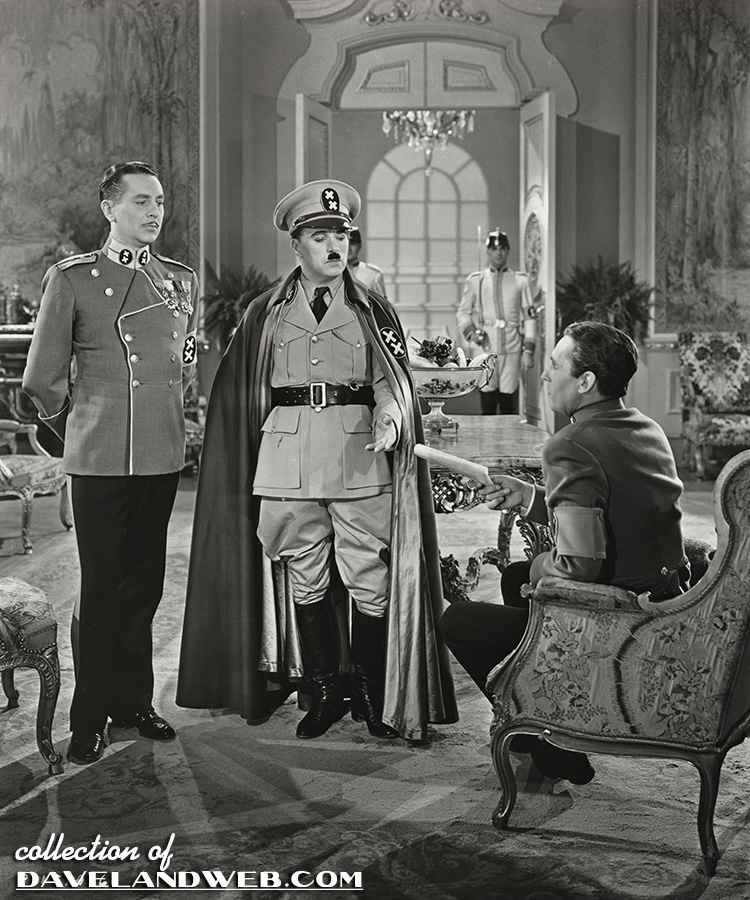
Chaplin doesn’t fully abandon the Little Tramp in this film, but rather plays a dual role: Adenoid Hynkel (dictator of Tomania) and the Jewish Barber (aka the Tramp) who lives in the ghetto where Hynkel’s troops concentrate their persecution efforts. Paulette Goddard portrays Hannah, the Barber’s neighbor and plucky romantic interest who refuses to let the Tomanian troops push her or her friends around.
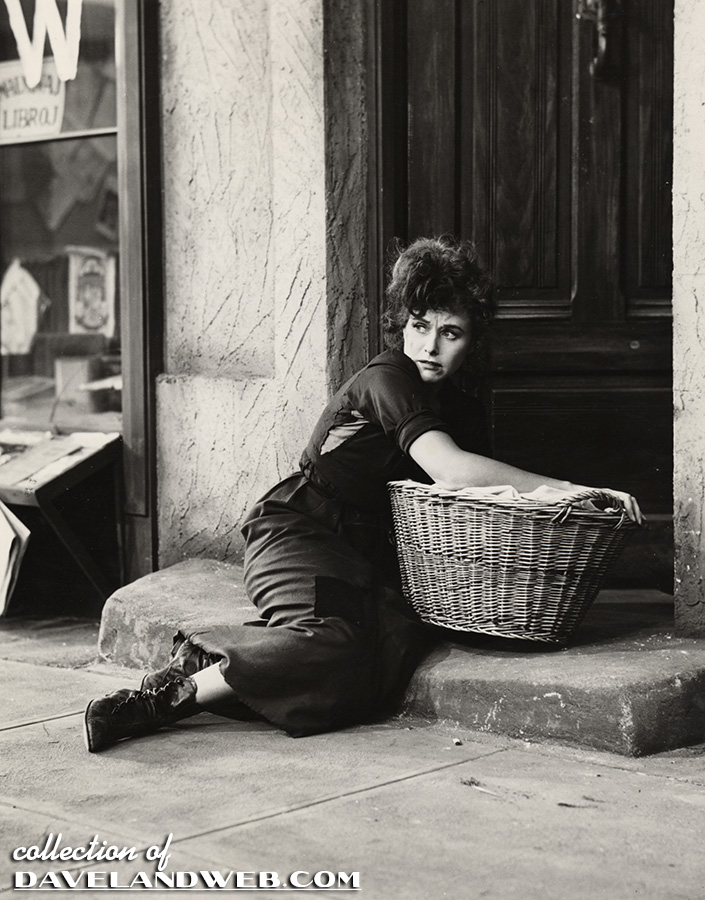
Chaplin had a tendency towards overly sentimental scenes, but Goddard’s performance prevents “The Great Dictator” from being overwhelmingly so. In this beautiful photo by William Wallace (above), Hannah has just been pelted with tomatoes by the Tomanian troops, ruining the basket of laundry she was about to deliver. Below, the Barber and Hannah hide on the rooftops as the troops loot and plunder their village. At center is Maurice Moskovich, who portrays the Barber’s landlord and Hannah’s benefactor, Mr. Jaeckel.
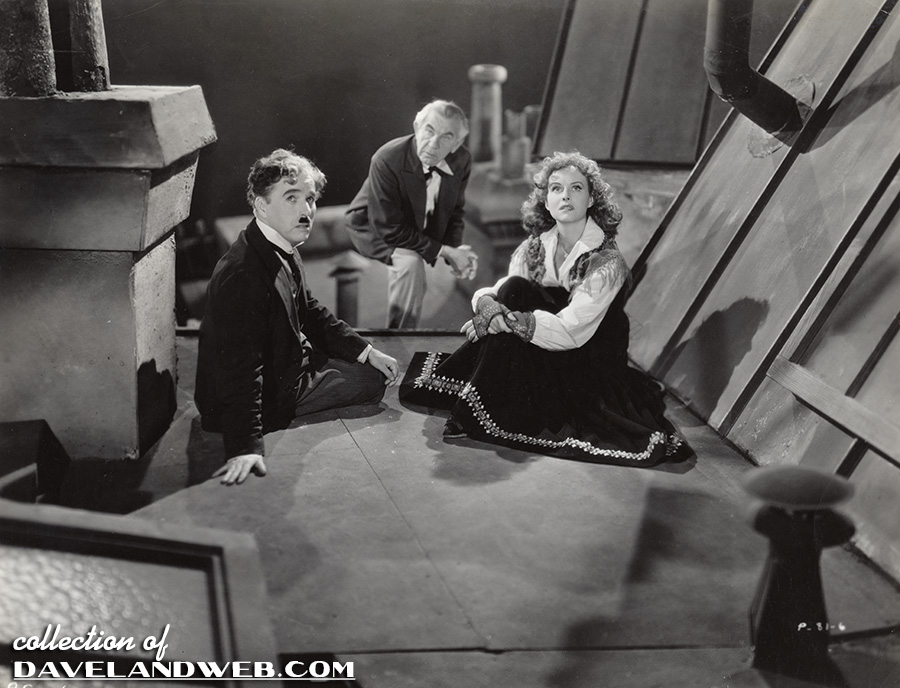
The film ends with a rousing speech against hate to the people and troops of Tomania, delivered by the Barber, who is impersonating Hynkel. Expertly delivered by Chaplin, he begins the address in the shyness of his Barber character, but slowly builds and transforms into what we can only assume is the actor himself, giving an impassioned plea to the real world:
To those who can hear me, I say - do not despair.…The hate of men will pass, and dictators die, and the power they took from the people will return to the people.…Dictators free themselves but they enslave the people!…Let us fight to free the world - to do away with national barriers - to do away with greed, with hate and intolerance. Let us fight for a world of reason, a world where science and progress will lead to all men’s happiness. Soldiers! in the name of democracy, let us all unite!
If wars had to be fought by the leaders/dictators themselves, the outcome would be very different.
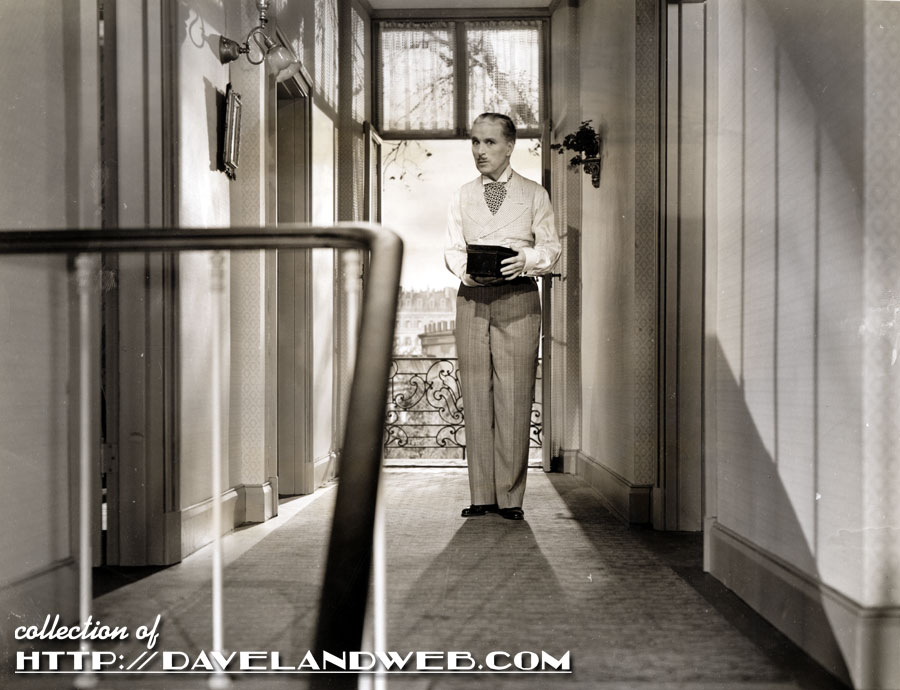
For Chaplin’s next film, released seven years later, he portrayed “Monsieur Verdoux,” a French Bluebeard who marries wealthy women then murders them to inherit their fortunes. How could the lovable Tramp play such an evil and unsympathetic character? It is explained two-fold: all of the women he marries are shrews, and the reason he does it is to support his beloved wife and child. Just in case that’s not enough to get you on Verdoux’s side, the camera lingers on the wife’s feet just long enough for it to sink in that she’s an invalid.

Martha Raye plays one of Verdoux’s wives, the indestructible Annabella Bonheur. Her scenes are the comic highlight of this fairly dark comedy. While I do enjoy it, the film does suffer from some of the same things that I feel plague “The Great Dictator.” Unfortunately, they are less subtle here. Slapstick, drama, sentiment, morality, and black comedy must be carefully woven together to create a compelling story that is cohesive. Where “Dictator” navigates those different themes fairly well, “Verdoux” has less success.

The movie ends at just the right time, as the audience most likely begins to wonder what could the outcome possibly be for a serial killer who murders women? Apparently Verdoux has “lost” his wife and child, although the movie never explains the circumstances. One is left to wonder if he has killed them, too. After a madcap chase that harkens back to the earlier days of the Silent Screen Tramp, Verdoux gives himself up to the authorities and is promptly jailed.
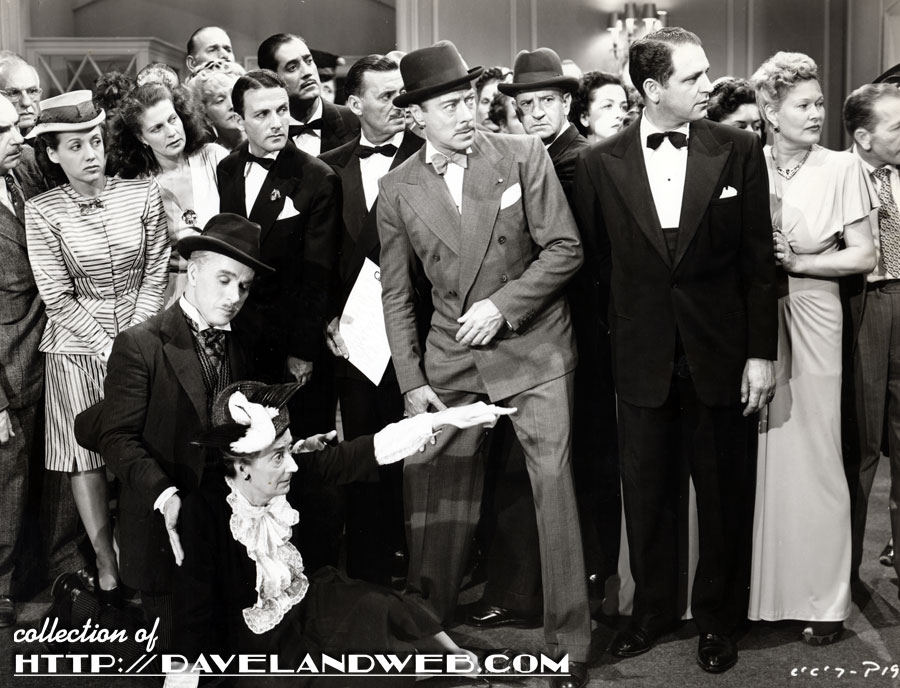
Like “The Great Dictator,” Chaplin ends the film with a monologue. This time, it is directed towards the Judge and jury at his trial, but we all know it is meant for the audience in the darkened theater:
As for being a mass killer, does not the world encourage it? Is it not building weapons of destruction for the sole purpose of mass killing? Has it not blown unsuspecting women and little children to pieces, and done it very scientifically? As a mass killer, I am an amateur by comparison.
While I cannot argue with some of the interesting points that Verdoux/Chaplin makes, the dialogue does not succeed like it did with the preceding film. “Dictator” offered hope; “Verdoux” gives a very dark pessimism. Chaplin’s 1940 monologue is given by a character who only wants to live peacefully and find love; the 1947 speech is delivered by a non-apologetic murderer who is bitter at how fate has unfolded for him. In his personal life, Chaplin had grown weary of the persecution by the tabloids for his persona life as well as the constant jabs by the Government who labeled him a Communist. “Monsieur Verdoux” was definitely a reflection of Chaplin’s feelings towards the U.S.
Despite the flaws mentioned here, both films should be watched by those who love classic cinema. Chaplin’s artistry is evident in both and still runs circles around most of the substandard fare we are subjected to in this day and age.
See more Charlie Chaplin photos at my main website.

I had never even heard of "Monsieur Verdoux" until now. Thank you, I will have to look that one up. I can understand the disappointment of a follow-up film never reaching the heights of its predecessor but to be fair, The Great Dictator is pretty hard to follow up with anything.
ReplyDelete